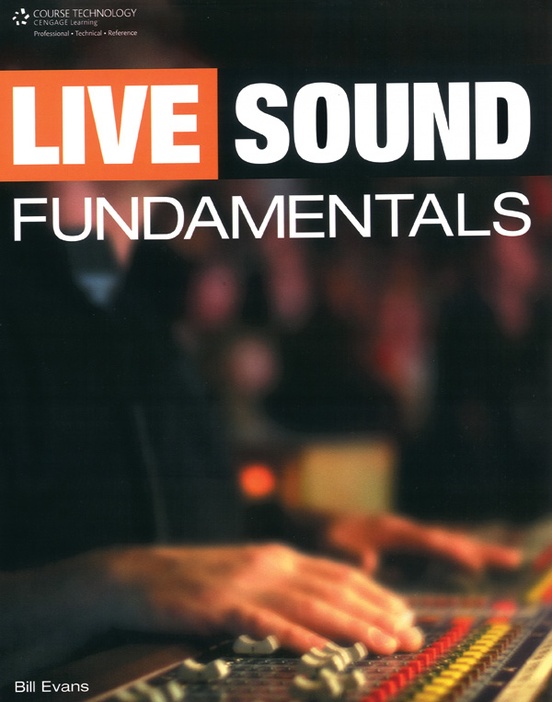

General: In can be worthwhile applying cut to some of the instruments in the mix to bring more clarity to the bass within the overall mix.īoost: To thicken vocal tracks. This can result in a net ‘cut of the bass frequencies.īoost: To add warmth to vocals or to thicken a guitar sound.Ĭut: To bring more clarity to vocals or to thin cymbals and higher frequency percussion.īoost or Cut: to control the ‘woody’ sound of a snare.īoost or Cut: To control bass clarity, or to thicken or thin guitar sounds. Low frequency sounds are particularly vulnerable to phase cancellation between sounds of similar frequency. General: Be wary of boosting the bass of too many tracks.

This should reduce the effect of any microphone ‘pops’.

Strings> fullness at 240 Hz, scratchiness at 7.5 – 10 kHzĬonga/bongo> resonance at 200 – 240 Hz, slap at 5 kHzīoost: To thicken up bass drums and sub-bass parts.Ĭut: Below this frequency on all vocal tracks. Horns> fullness at 120 – 240 Hz, shrill at 5 – 7.5 kHz Rack toms> fullness at 240 Hz, attack at 5 kHzįloor toms> fullness at 80 – 120 Hz, attack at 5 kHz
#Mixing live sound books full#
Toms: attack (5 kHz), fullness (120 – 240 Hz)Īcoustic Guitar: harshness / bite ( 2 kHz), boominess ( 120 – 200 Hz), cut ( 7 – 10 kHz)īass – Compressed, EQ’d with a full bottom end and some mids Voice: presence ( 5 kHz), sibilance ( 7.5 – 10 kHz), boominess ( 200 – 240 kHz), fullness ( 120 Hz)Įlectric Guitar: fullness ( 240 Hz), bite ( 2.5 kHz), air / sizzle ( 8 kHz)īass Guitar: bottom (60 – 80 Hz), attack (700 – 1000 Hz), string noise (2.5 kHz) Try applying some mid-range cut to the rhythm section to make vocals and other instruments more clearly heard. Hi hats/cymbals> clank or gong sound at 200 Hz, shimmer at 7.5 kHz – 12 kHzĪpply some cut to the guitar between 1KHz and 5KHz to bring the vocals to the front of the mix.Īpply a little boost between 100Hz and 250Hz and again between 10KHz and 12KHz.Īdd Sparkle:Try some gentle boost at 10KHz using a Band Pass Filter with a medium bandwidth. Adjust the bandwidth to get the sound right.

Roll off everything below 600Hz using a High Pass Filter.Īpply boost at 10KHz using a Band Pass Filter. Reverb: Looser than Bass n Snare allow the hats and especially the Rides to ring a little PROCESSING> Compression use high ratio for high energy feel Hi Hat & Cymbals: sizzle (7.5 – 10 kHz), clank (200 Hz) Vocals> fullness at 120 Hz, boominess at 200 – 240 Hz, presence at 5 kHz, sibilance at 7.5 – 10 kHzġ0Khz with a Q of 1.0 - Adds brightness to hats and cymbals Apply some cut at the High Frequencies, lots of boost about 1.5KHz and lots of cut below 700Hz. Use the Sweep control to sweep the frequencies to get it right.Īpply some cut in a narrow band in the 1KHz to 2KHz range.Īpply some boost in a reasonably narrow band somewhere in the 200Hz to 600Hz range.Īpply some cut at the High Frequencies, lots of boost about 1.5KHz and lots of cut below 700Hz.Īpply lots of compression pre EQ, and a little analogue distortion by turning up the input gain. To soften vocals apply cut in a narrow bandwidth somewhere in the 2.5KHz to 4KHz range.Īpply a gentle boost above 6KHz using a shelving filter.Īpply a gentle boost using a wide-band Bandpass Filter above 6KHz. This range is unlikely to contain anything useful, so you may as well reduce the noise the track contributes to the mix. Roll off below 60Hz using a High Pass Filter. Snare> fatness at 240HZ, crispness at 5 KHz PROCESSING> Compression 4:1 slow attack med release. Kick> bottom depth at 60 – 80 Hz, slap attack at 2.5HzĢ00Hz – 250Hz with a Q of 1.4 - Adds wood to snaresģKhz with a Q of 1.4 - Adds atack to snare.ħKhz with a Q of 2.8 - Adds Sharpness to snares and percussion PROCESSING> Compression 4:1/6:1 slow attack med release.Īpply a little cut at 300Hz and some boost between 40Hz and 80Hz.Īpply cut somewhere in the 100Hz to 500Hz range. I’ve uploaded a Guide-to-Mixing/mastering (this is not my work).īelow is a quick frequency map for audio which explains particular sections:Ģ0 Hz and below – impossible to detect, remove as it only adds unnecessary energy to the total sound, thereby most probably holding down the overall volume of the trackġ00-120 Hz – the “club sound system punch” resides hereĢ50 Hz – notch filter here can add thump to a kick drumĨ00 Hz-4 KHz – edge, clarity, harshness, defines timbreĤ500 Hz – exteremly tiring to the ears, add a slight notch hereĤ-9 KHz – brightness, presence, definition, sibilance, high frequency distortionĩ-15 KHz – adding will give sparkle, shimmer, bring out details – cutting will smooth out harshness and darken the mixĦ0Hz with a Q of 1.4 - Add fullness to kicks.ĥKhz with a Q of 2.8 - Adds attack to Kicks


 0 kommentar(er)
0 kommentar(er)
